Unique Traditions of India and their Unparalleled Scientific Reasons - Part 1
India, as we know, is a land steeped in spirituality. It is a land known for its unique customs, practices and traditions, for it was crafted by the greatest saints the world had ever seen. These customs have been handed down generations together with all the practices intact. Every region has evolved its personalized practices, ceremonies and rituals. But, several of these rituals and customs are followed blindly without understanding the real significance/reason.
As a result, several practices, rituals and customs have been labeled “ Superstitious ” and have been shelved away. Some customs have been revamped and changed without understanding the actual reasons behind it. With increasing westernization, people failed to ask or seek the answers to why the rituals were followed in a certain way.
To all those seeking the answers - Let us explore some of the scientific reasons behind the rituals, and the meanings behind the unique customs of India.
NAMASTE
Namaste or Namaskaram or Vanakkam is one of the renowned features of our custom. It is a form of Indian greeting or a welcoming gesture. When two people meet, they greet each other by keeping their palms together in front of the chest. With a slight bow of the head, they utter the word Namaste.
This simple gesture has a deeper spiritual meaning to it. It reinforces the belief that the life force/ divine force / God is the same in all living beings, and with the greeting of the palms, we honor the God in the person we meet. Bowing down one's head while uttering the word ‘Namaste’ simply means, “The divine in me bow down to the divine in you”.
A year ago, people all over the world ditched their customary handshakes and hugs and embraced “Namaste” as it became the perfect pandemic greeting (No physical touching of palms or faces - yet a warm and meaningful greeting).
TYING OF NEEM LEAVES AT HOMES AND FESTIVALS
The neem tree and its leaves hold a significant place in our Indian culture and tradition. Neem barks are used as organic toothbrushes, and the leaves are said to have immense medicinal properties. In fact, Neem leaves have anti-inflammatory, antioxidant, antiviral and antibacterial properties and are used in many medicinal preparations too. It is also a remedy to common skin problems. This is the primary reason why the Neem leaves are used extensively in our culture.
Freshly plucked neem leaves are arranged near the beds of sick people (especially people suffering from chicken pox). It is also hung in front of houses where people are sick. It serves as a warning that there is a sick person inside a home - hence people refrain from visiting. The air crossing the neem leaves is said to filter the germ-causing bacteria. This is the reason why neem leaves are hung on the streets of most village festivals. The leaves act as an air purifier during a large gathering of people on the streets.
TULSI PLANT
Thulasi or Tulsi is the most revered plant/herb in India. Tulsi is worshiped in every Indian household. It is known as the queen of herbs and even has its own legends and myths. It is grown in every household, and it is believed to protect a home from harmful influences.
The women in many households venerate the plant by lighting diyas and lamps, offering flowers, vermillion, incense and prayers - every morning and evening. The leaves of this herb are said to have many medicinal properties apart from healing acne, coughs, colds and fever.
Tulsi plant is said to have emerged from the Samudra Manthan or the churning of the milk ocean. It is sacred to Lord Vishnu and Goddess Lakshmi, and thus it has become holy for the Hindus who worship them. All religious ceremonies use tulsi leaves. Lord Vishnu is adorned with garlands made out of these leaves as it is his favorite. Every pooja room has a small pot filled with water with a few tulsi leaves while praying. Later, this water and tulsi leaves are later consumed as prasad / Theertham.
Tulsi leaves have many medicinal properties. It aids digestion, heals acne, fights diabetes, is good for kidneys, and also is known for its anti-stress properties. This is the main reason why our grandparents consumed a few leaves every day.
SMEARING COW DUNG ON THE FLOOR
In India, Cows are holy, and their dung and Urine are divine. Cow dung is smeared in the entrance of homes where a function is planned or during festivals. In rural households, cow dung is a part of the cleaning process. It is applied on floors and walls of places having extreme temperatures. This is because cow dung is a poor conductor of moisture as it keeps the home warm during winters.
Many research has proved that cow dung is rich in minerals, and it has also got antibacterial properties. It protects people from various diseases, and health problems and is even known to heal wounds. It acts as an insect repellent and wards off centipedes and scorpions from the homes.
LIGHTING LAMPS
Lighting lamps / diyas is a significant practice that is interwoven with the lives of the people in India. There is not an Indian household without a lamp. In fact, it’s a customary practice to light lamps during sunrise, sunset, on important occasions, festivals or just before starting something auspicious. In some homes and temples, they have lighted lamps / diyas that never stop burning. They keep the flames glowing and tend to the lamps with utmost care.
Light denotes knowledge, well-being and prosperity. Hence when one lights a lamp, it symbolizes removing ignorance ( darkness), bringing happiness and well-being. This is the reason why the elders insist on lighting lamps on birthdays and important occasions. Fire is a significant element of all life in the world. Without the burning of the Sun, everything will come to a halt. While lighting lamps, Indians pray, and chant shlokas with devotion. This spreads tremendous positive vibrations to the surroundings that eventually calm the mind.
EVIL EYES / DRISHTI / BURI NAZAR
Indians strongly believe in the concept of Evil eyes or Drishti. This is because thoughts have a tremendous impact on people. If a person has a happy line of thinking, it spreads happiness around. On the other hand, if a person is feeling jealous or has negative thoughts filled with hatred, it affects the other person on whom the thought is focused.
Everybody has a physical body that can be seen and touched. What our saints and ancestors found out eons ago was that each individual also has an invisible body around him/her. This is called AURA. This Aura is invisible to the human eyes, and it is scientifically proven that it is present ( usually a few inches around the physical body).
The impurities that get accumulated in the physical body can be washed away by water. The Invisible impurities, by the way of thoughts directed at an individual, get embedded in the Aura of a person. This can be removed by Fire ( one of the 5 elements of our body).
It is strongly believed that the person who receives the Evil eyes / Drishti will experience misfortune or small injuries. Thus, To protect oneself from this, there are certain rituals designed (usually using fire element) and performed. One removing the Drishti lights up a camphor / Diya and twirls it around the person in a certain way, following a ritualistic practice and cleanses the aura of the impurities. Thus the Evil eyes / Drishti gets removed.
For people performing some form of sadhana or meditative practices, the Drishti does not affect them as they can cleanse their aura through their spiritual practices.
BATHING AFTER VISITING A FUNERAL / HOUSE OF A DEAD PERSON
Water has a calming property. After a tiring day at work, isn’t it refreshing to have a warm water shower/bath? It is not the soap that gives you the fresh feeling, it's the flow of water that calms and refreshes a person. The tiredness vanishes. This is because our body is made up of 5 elements, and water is one of the elements. This is why it has a calming effect on the body.
Indians have a ritual or a practice of taking bath after visiting the house of a dead person, cremation ground or after being in the vicinity of a dead body. This is because when the life force exits the body of a person, it becomes a feeding ground for bacteria and parasites. It is to wash away these unwanted elements the Indians take bath. This happens at a physical level.
There is also a mental aspect to this ritual. There is the presence of tremendous negative energy/vibration and sorrow in the house of a dead person. This sadness, crying and wailing vibrations get absorbed by the aura of every person present in the funeral / dead person's home. In order to remove these vibrations, the Indians take a warm water bath.
EATING CURD AND SUGAR BEFORE HEADING OUT
This is one fantastic practice that all have witnessed in various times of our lives living in India. Usually, the Grandmothers / Mothers mix curd with sugar and offer it to the person who is heading out. They claim that eating this mixture before going out brings good luck and triumph.
Did the curd bring good luck? Was it another superstitious belief of our grandmothers? Did the Indians have a logical explanation behind this practice? Stay tuned to Verandah Club for the answers. More interesting rituals/ practices and their explanations coming your way next month.
 I am Vaishnavi Gurusankar, a passionate educator, a wife and a mother. I have over a decade of experience as an educator and have been closely working with teachers and children of all ages. I am also an active parenting blogger and founder of Magical Unicorn, an exclusive parenting blog founded on Indian ethos, values and stories at its core.
I am Vaishnavi Gurusankar, a passionate educator, a wife and a mother. I have over a decade of experience as an educator and have been closely working with teachers and children of all ages. I am also an active parenting blogger and founder of Magical Unicorn, an exclusive parenting blog founded on Indian ethos, values and stories at its core.
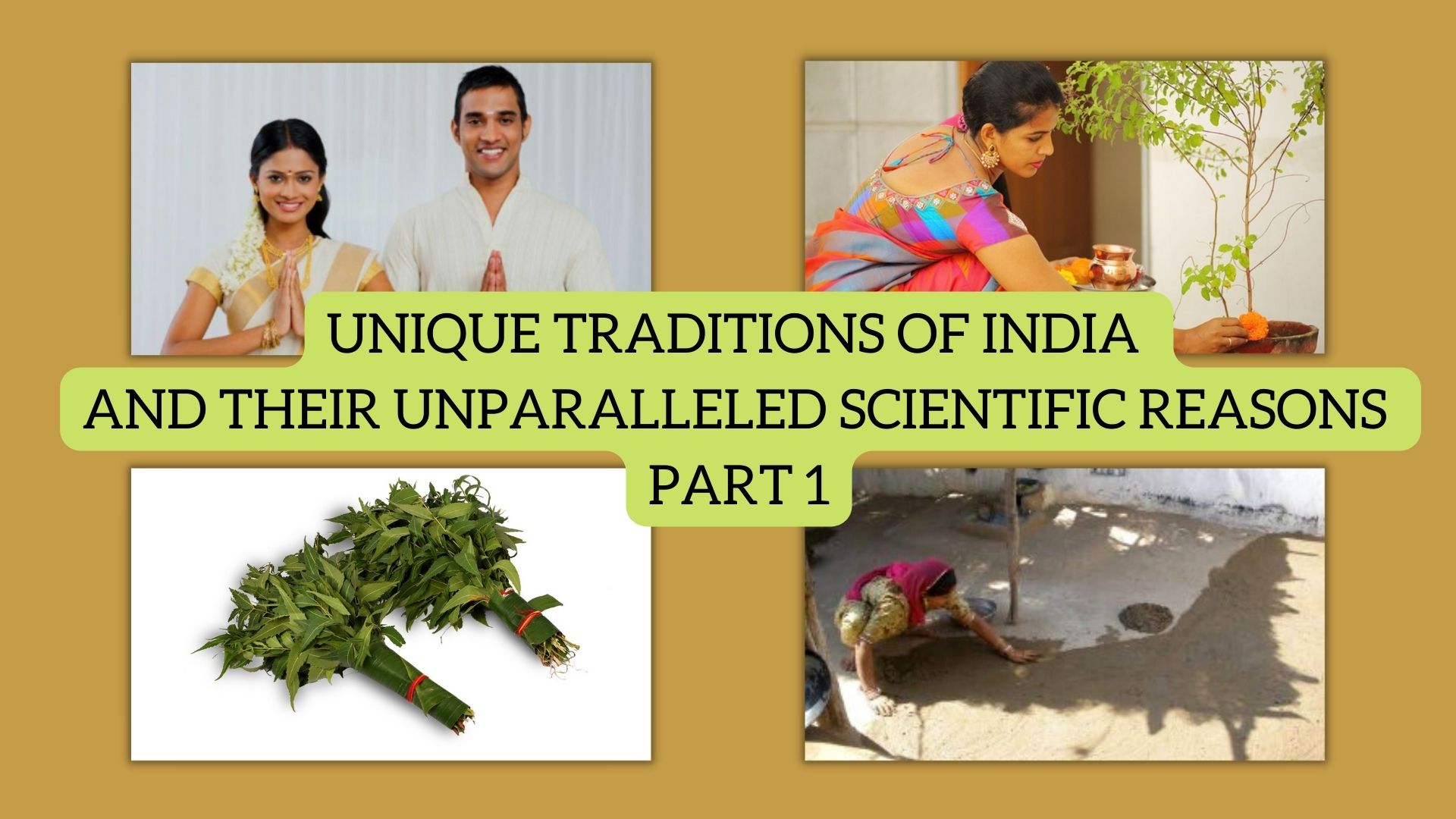

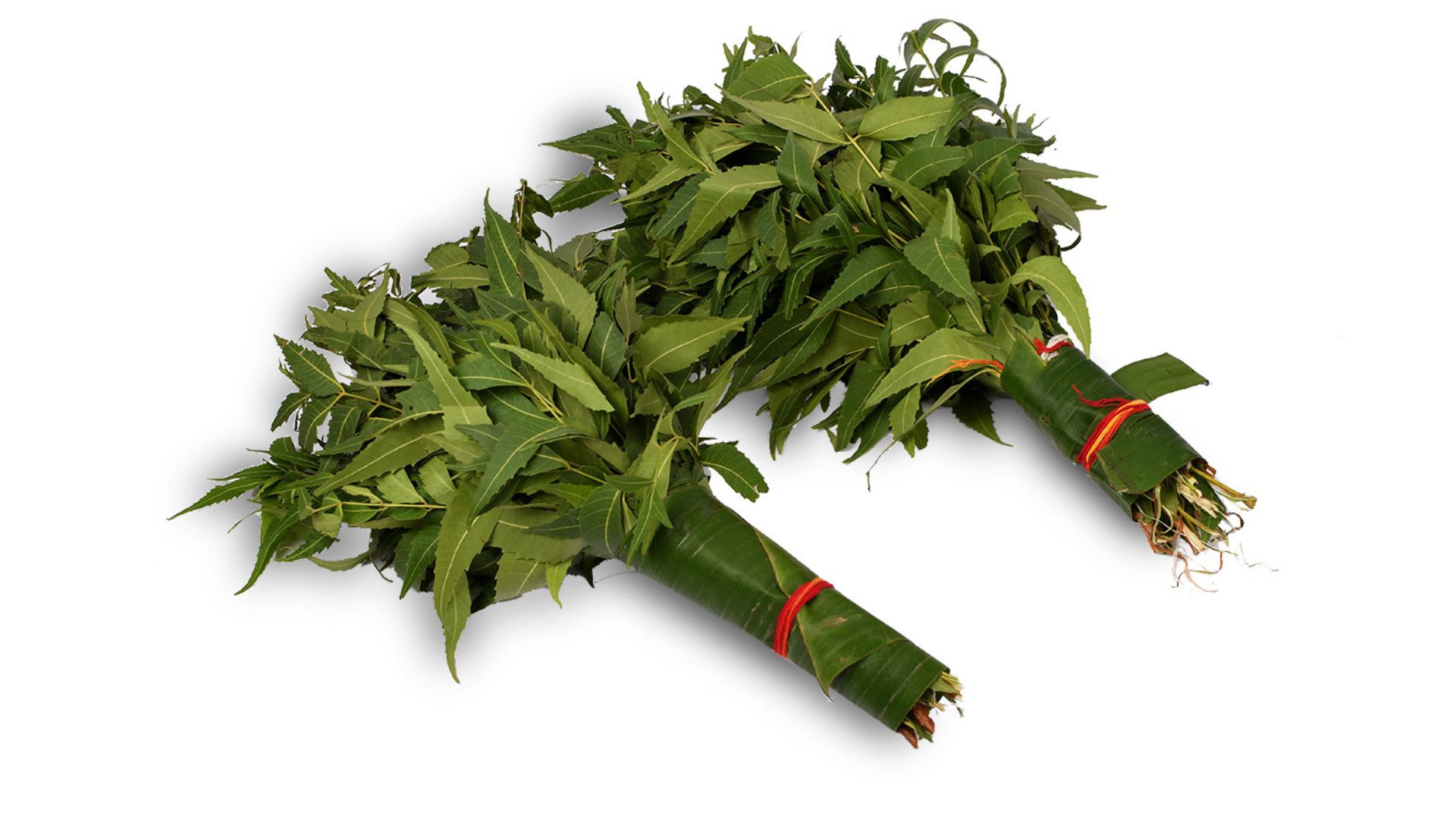
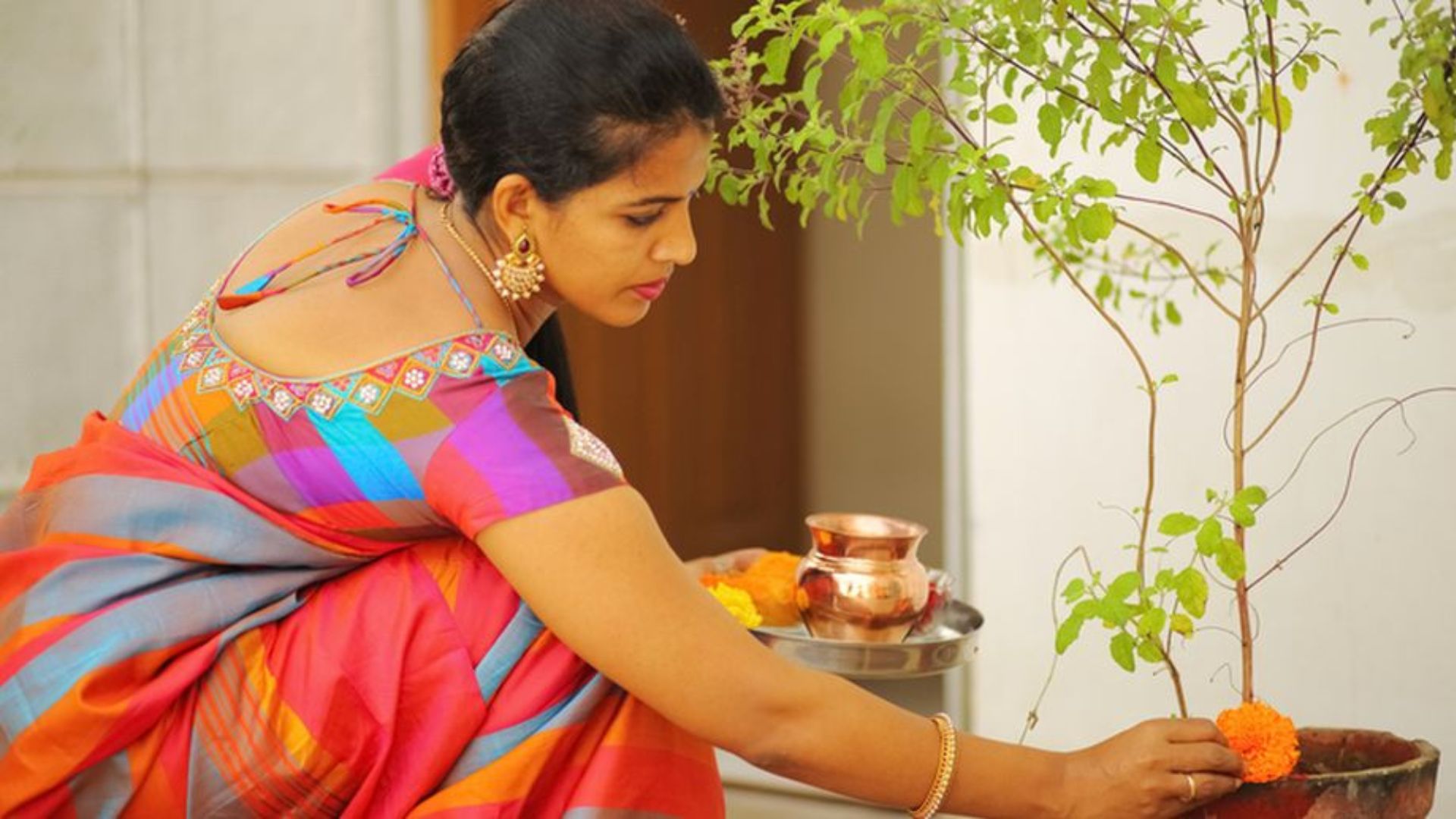
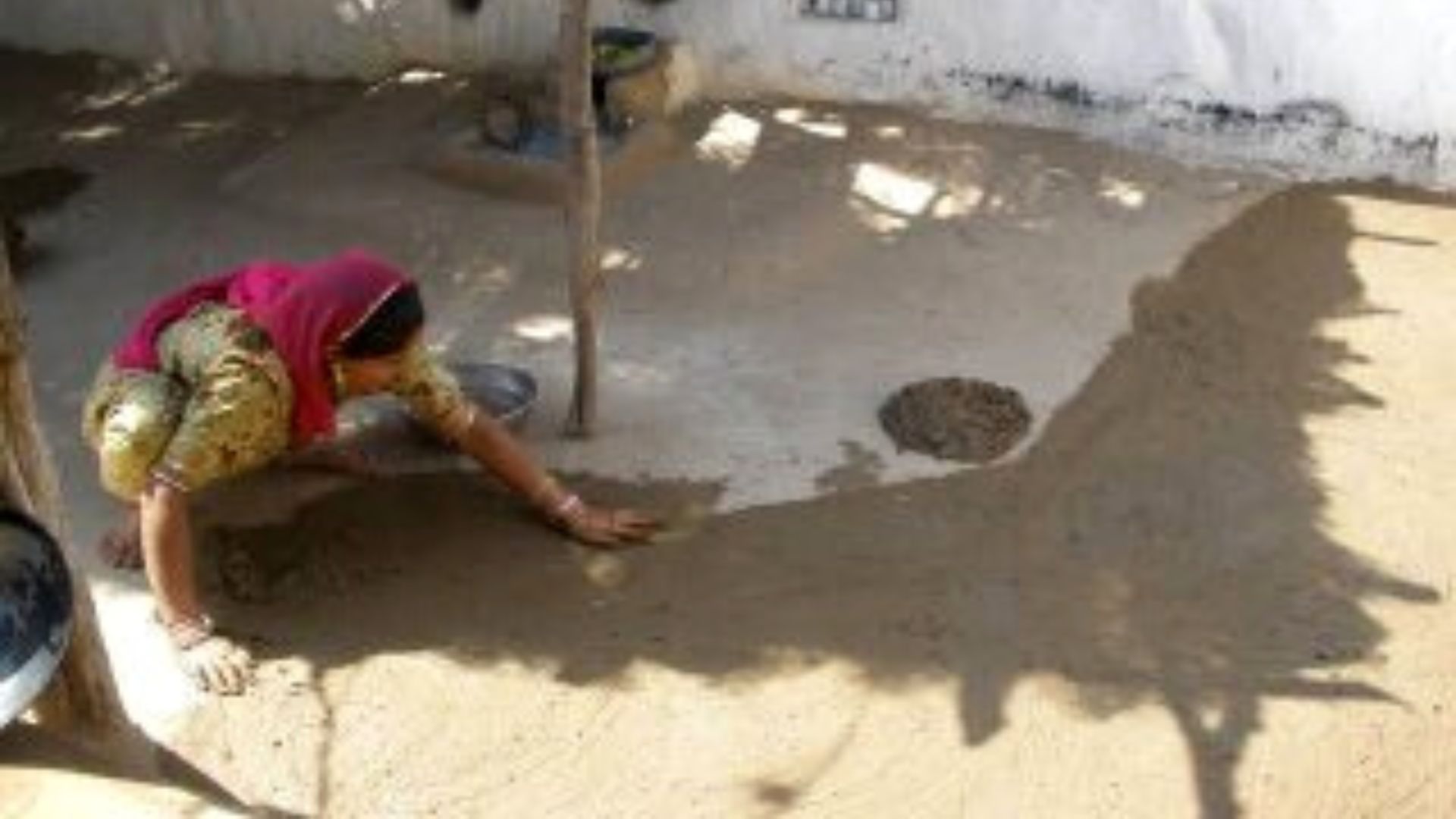

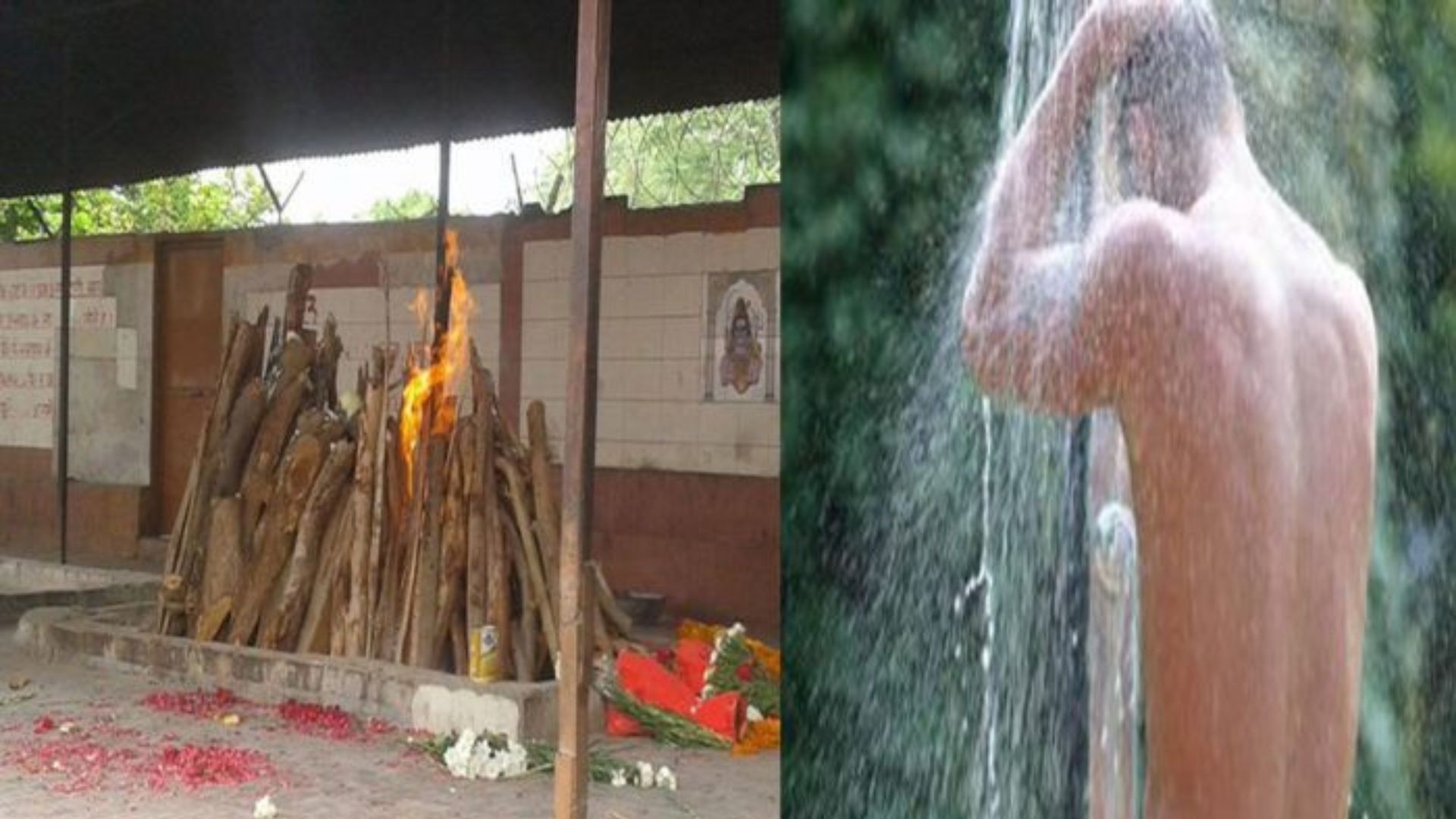
 I am Vaishnavi Gurusankar, a passionate educator, a wife and a mother. I have over a decade of experience as an educator and have been closely working with teachers and children of all ages. I am also an active parenting blogger and founder of Magical Unicorn, an exclusive parenting blog founded on Indian ethos, values and stories at its core.
I am Vaishnavi Gurusankar, a passionate educator, a wife and a mother. I have over a decade of experience as an educator and have been closely working with teachers and children of all ages. I am also an active parenting blogger and founder of Magical Unicorn, an exclusive parenting blog founded on Indian ethos, values and stories at its core.


